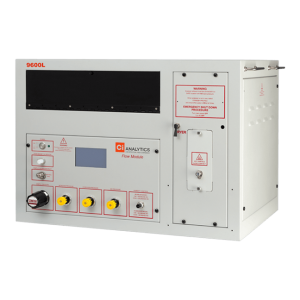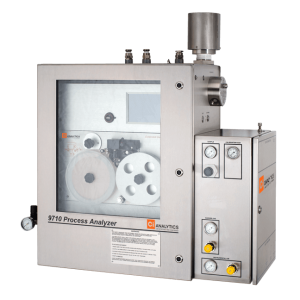Natural gas extracted from unconventional wells through hydraulic fracturing operations has become relevant over the last two decades. One of the issues facing the exploration and production of natural gas is the high H2S content of shale gas reservoirs achieving concentrations up to hundreds of parts per million.
Natural gas, with high H2S levels surpassing the 4ppmv (also known as sour gas), should not be burned because of its high toxicity risks to human health and the environment. Combustion of sulfur-containing compounds become air pollutants and ultimately may form acid rain when combined with water. Moreover, natural gas processors should direct efforts reducing acid gases and sulfur compounds from natural gas to the lowest possible levels to comply with emission regulations and safety protocols for workers, while keeping the processes economically sustainable and viable.
In addition, sour natural gas can produce corrosion of pipelines during transport given the caustic nature of hydrogen sulfide which may react with the iron of the stainless-steel ducts in contact with the natural gas. Accumulation of resulting undesirable salts at the pipeline surface may create pressure changes and potentially fatal leaks or even explosions if ignited.
In light of worldwide demand for new regulations to control the release of harmful substances affecting the environment, having an impact on natural ecosystems, H2S monitors require reliable methods and instruments when establishing proper admissible values.
Furthermore, there is an urgent need to remove H2S, since it is an unwanted by-product during petroleum refining. In some petroleum treatment processes, a significant H2S content may deactivate the expensive catalyst or, when combined with other chemical compounds, may form other undesirable sulfur compounds, making the refining operation more complex and more expensive. As such, H2S gas detectors have become an indispensable tool when installed at critical points in industrial processes.
When installed online inside refinery locations, these H2S gas detectors are designed to resist and operate in explosive environments. CI Analytics analyzers meet the stringent regulations of harsh environments and provide a reliable and fast response for low ppb, ppm as well as percentage levels. Wherever H2S monitors are required, our unique dry colorimetric-based analyzers offer a trusted analytical solution.



